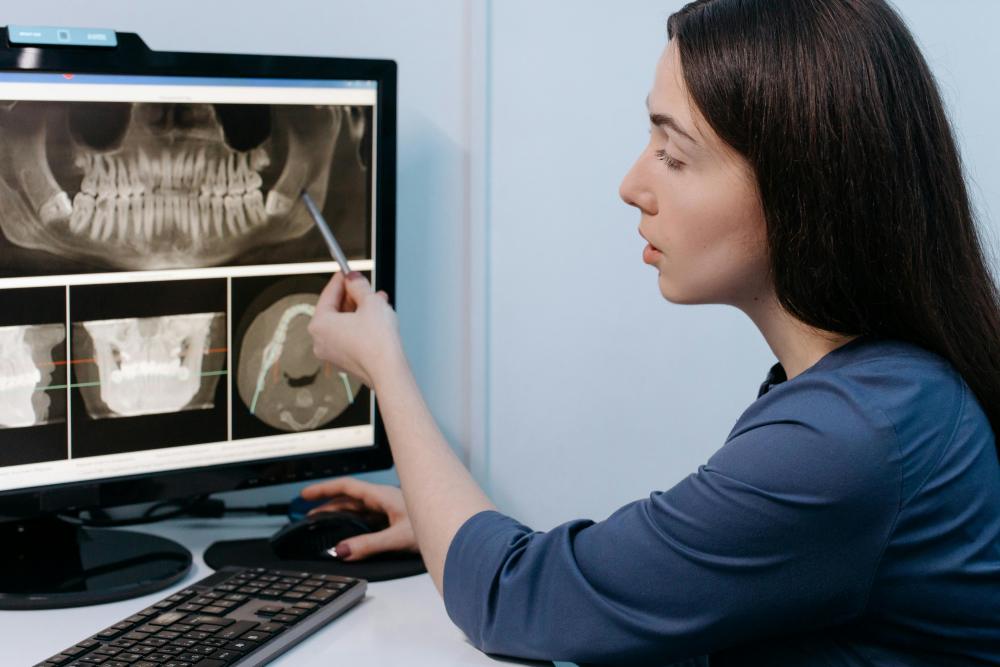It’s a little scary, isn’t it, how much a tool can affect your whole day? You know that feeling when the scaler just works? Suddenly, the afternoon’s not quite as daunting. We carry so much emotional weight in this profession, day in and day out. Highs, for sure. That feeling when you’ve really helped someone, that gratitude – unmatched. But then, there’s the grind. The stress, the demands, the repetition. That’s just entry-level worry! And it’s so easy to lose sight of why you got into dentistry in the first place.
Thing is, those small, tangible aspects of our work – our tools – impact our daily happiness way more than we give them credit for. This is about understanding how smart, reliable tools can transform not just clinical excellence, but also our personal fulfillment. Let’s dive in, shall we?
And speaking of diving in, what about the technologies that are revolutionizing the field? Many practices are exploring options like a Dental Ultrasonic Scaler to improve efficiency and patient comfort during hygiene appointments. Investing in reliable and effective tools like this can truly make a difference.
The Emotional Landscape of Dentistry: More Than Just Teeth
Let’s get real, okay? Dentistry is tough. Patient anxieties, complex procedures, insurance nightmares, endless paperwork and that constant pressure to be perfect. The fatigue? The creeping burnout? It’s real and understandable. Add to that the mind-numbing repetition, the high expectations –yeah, it’s a lot.
But, here’s where it gets interesting because the power of “small joys,” those micro-satisfactions, is surprisingly potent. A patient’s genuine smile after you explain their treatment plan, a particularly smooth scaling session, a colleague’s supportive comment. They add up. They matter. Tools? They aren’t just functional instruments; they’re a part of creating a joyful, supportive workspace. Think of it this way: your tools aren’t just tools, they become your team. And a good team makes all the difference. Speaking of a team, one thing I have been reading about is ways to rediscover passion in dentistry by streamlining workflows and improving personal well-being. A simple checklist can help us rediscover our passion by making our work more efficient and enjoyable.
How the Right Tools Impact Daily Practice: Ergonomics and Beyond
The right tools? They’re game-changers. Ergonomics? Huge. We’re talking about reducing physical strain and fatigue. Those properly designed instruments, the ones that fit your hand perfectly, for instance.
Efficiency? Obvious. Faster, smoother procedures when you’re using dependable tools. It’s more than just speed, though, it’s the smoothness, the flow, you know? That feeling of being in control. I remember a recent scaling with an old tool felt like trying to carve stone. It wasn’t a great experience. And on the opposite end, a recent scaling session with a sharp, new scaler felt effortless. No pain in my hand or arm afterward either!
Confidence? Ah, now we’re getting somewhere. Smart tools will improve consistency and clinical outcomes, and that? That boosts professional pride. The better you can treat, the better you feel. The better the patient feels during the treatment, the better for you. No one likes dealing with jumpy, squirmy, uneasy clients. Also, consider the patient experience, after all. Reliable instruments create smoother appointments, happier patients and happier patients lead to more rewarding interpersonal moments.
Features to Look For in Smart, Reliable Dental Hygiene Tools: More Than Just Shiny Metal
Okay, so what exactly makes a tool “smart” and “reliable”? Durability is key, for starters. The material, the construction, the lifespan are all critically important.
What about Ergonomic Design? Comfort grips, weight distribution, you need to reduce hand strain at all costs, because we’re dealing with tiny, tiny nerves, and sensitive spots. This will lead to a multitude of wrist issues, if you are not careful.
Precision is also key. Sharpness, accessibility, especially in those tricky subgingival areas. I would add that sometimes I will reach for a tool that I know I can count on even if it’s not my favorite. Knowing that I can rely on the tool to do what I need it to do is sometimes more important.
Maintenance and sterilization. You need easy-to-clean materials. And of course, technological innovations. Sensors, advanced coatings, customizable kits, they’re all worth considering. I would add that the initial purchase is important, but the long-term cost of maintenance needs to be considered as well. Some materials are more difficult than others, and some materials will require specific cleaning solutions that come at a cost.
Don’t forget about brand support and warranties, after all. The vendor, their reliability, the support systems, it all matters. Do they stand behind their products? Will they help you if something goes wrong? Ask your colleagues for their recommendations.
Hidden Costs of Using Inferior Tools: It’s More Than Just Money
Using inferior tools comes with hidden costs. Physical harm. Repetitive strain injuries, carpal tunnel, chronic pain, it’s a slippery slope. Don’t think it won’t happen to you because of your age, or because you don’t work that hard. Everyone is at risk of permanent physical harm.
The emotional toll is there too. Frustration, errors, lack of confidence and all that, it bleeds into every aspect of your work.
There is a direct financial impact too, if you think about it. Constant replacement costs, lost efficiency, it all adds up. And then there’s the long-term professional dissatisfaction. Those “small hassles,” they accumulate and grow into larger burnout issues. It can feel hopeless, like you’re stuck in a cycle of frustration. The tools that make dental hygiene more engaging, especially for children are a great example of how to improve the dental visit experience.
Real-World Success Stories: Practices That Invested in Better Tools
Okay, here’s a story. A local practitioner, Dr. Thompson, was dreading hygiene appointments. Their old scaler felt clunky, their hand was constantly cramping, and patients were… Well, they weren’t exactly raving about their experiences. After a recommendation, they invested in a set of high-end ergonomic scalers and a new ultrasonic unit. The result? “It’s like night and day,” they told me. “I’m finishing appointments faster, my hand doesn’t hurt anymore, and patients are actually commenting on how gentle the cleaning is.” They regained their love for the job and even took up gardening as a new hobby.
Another example, Sarah, a hygienist at a larger practice, felt like she was constantly battling with her instruments. They’d dull quickly, they were difficult to sterilize, and she spent way too much time just fighting with them. After a brief survey, the practice invested in a new suite of instruments with advanced coatings and easy-to-clean designs. The morale went up, the efficiency increased, and patient satisfaction scores shot through the roof.
Making the Investment: How to Upgrade Smartly
So, how do you actually make this investment? Start by evaluating your current tools. What’s working? What’s not? Be honest with yourself. Think about your biggest pain points. Is it hand fatigue? Is it dull instruments? Is it sterilization time? Prioritize purchases if budgets are tight. Focus on the tools that will make the biggest impact on your daily life. Maybe that’s a new ultrasonic scaler, maybe that’s a set of ergonomic hand instruments.
Frame tool upgrades as an investment in your well-being, not just the practice. This isn’t just about making the practice more profitable, but it is about making sure you are happy to work. I also learned about how electric toothbrushes and water flossers can enhance dental hygiene routines, after all. These tools offer superior cleaning capabilities compared to traditional methods, making them a valuable investment for maintaining a healthy smile.
Conclusion: The Joy of Empowered Practice
The joy in dentistry isn’t accidental, it’s built through smart daily decisions, like investing in better tools. Innovative tools can make dental hygiene more engaging, that is for sure. For dental professionals, using reliable and effective tools enhances job satisfaction by improving patient outcomes and streamlining workflows. I have noticed that good oral hygiene habits are crucial for preventing dental issues, and smart tools can significantly enhance these practices. Investing in your workspace and workflow is investing in your long-term passion and career satisfaction. I had to remember that for myself as well.
So, go ahead, make that investment. You deserve it. It’ll make a difference.









